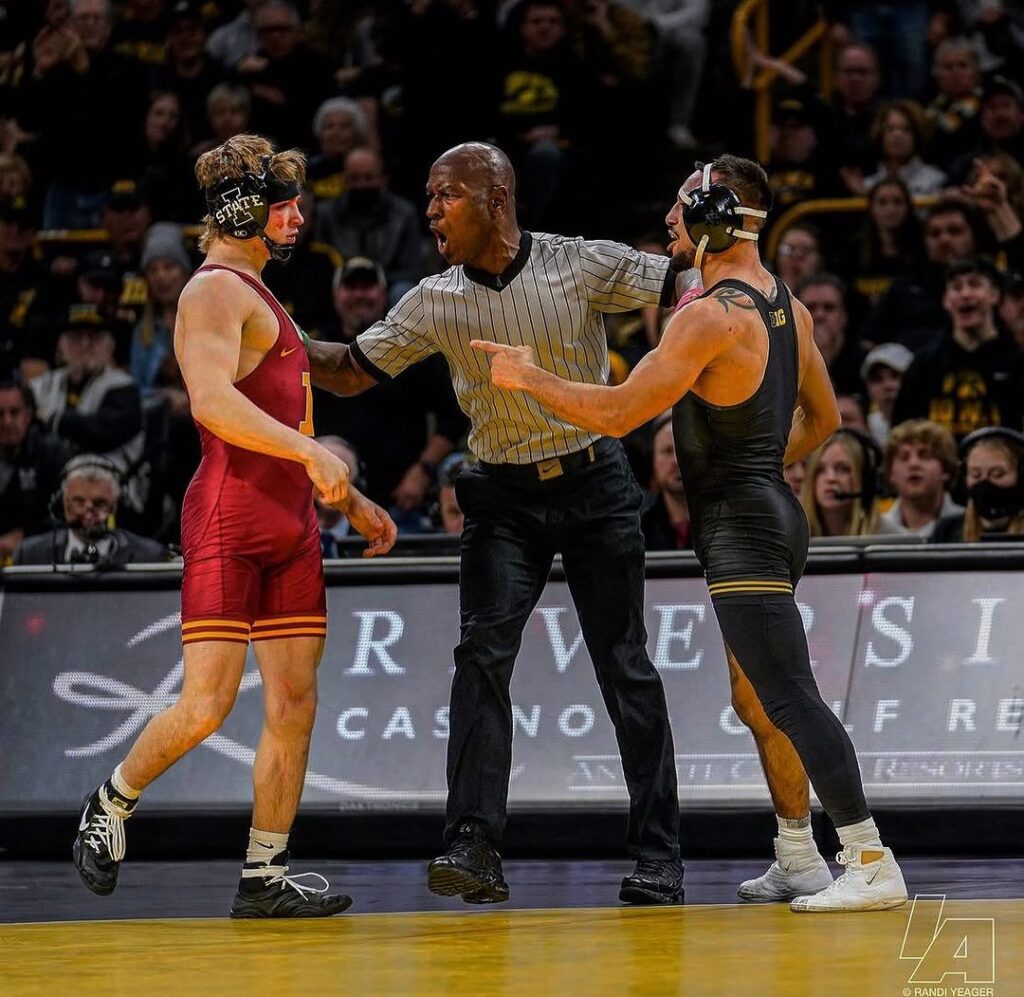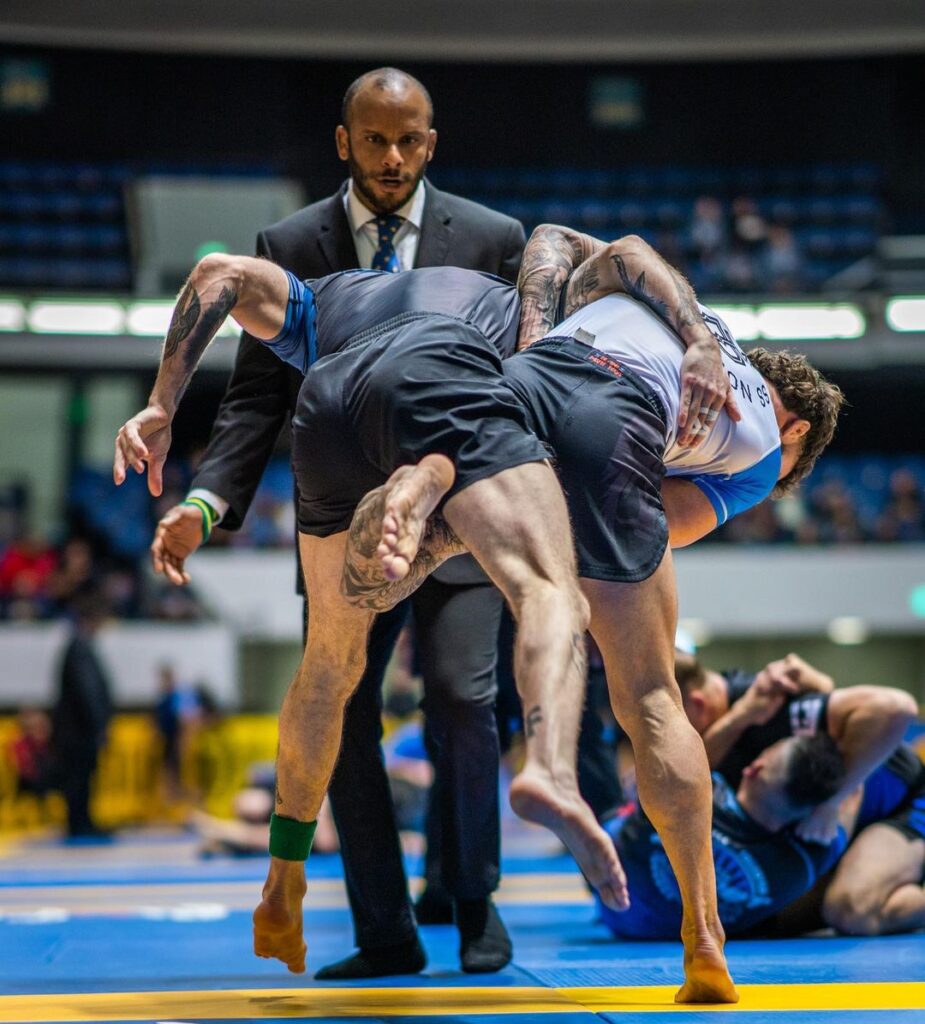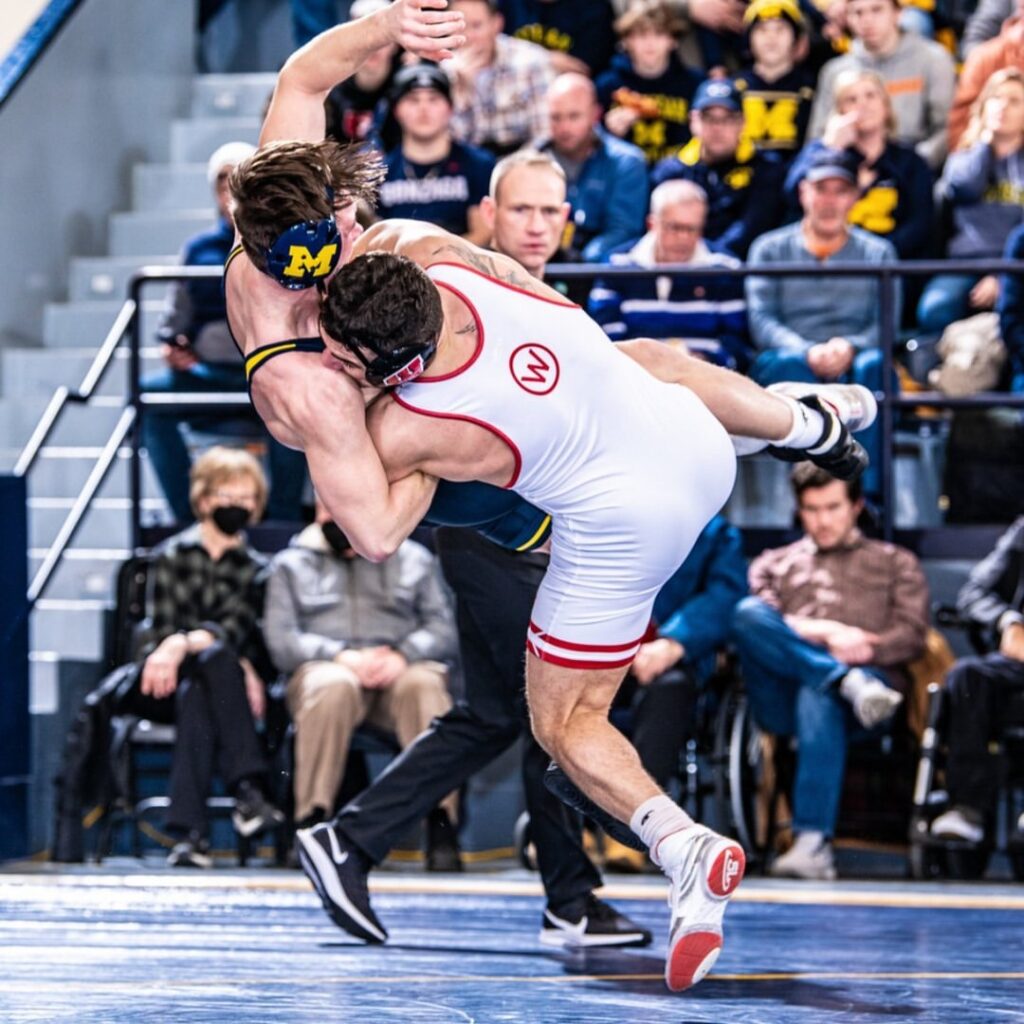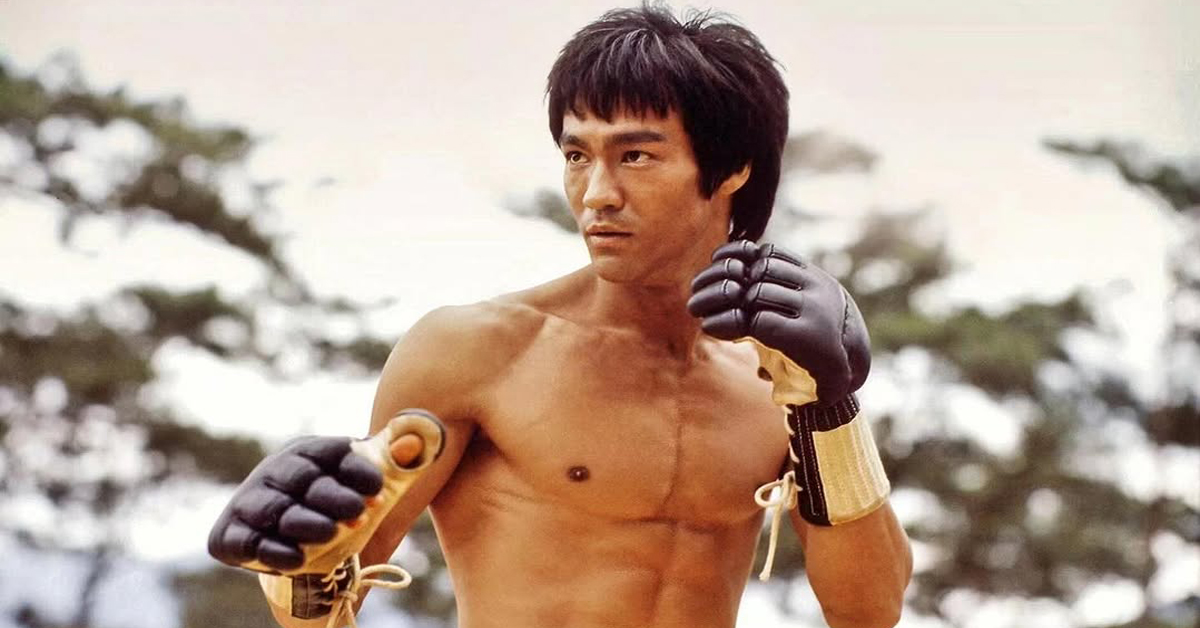
Jeet Kune Do had an immense impact on the martial arts world and how practitioners train and view self-defense. It was a precursor to modern MMA and the training philosophies are still used by the world’s top coaches.
Here’s a brief history of everything you need to know about Jeet Kune Do. Read below to learn how Bruce Lee developed this fighting system, its philosophies, principles, and its impact on modern training.
What is Jeet Kune Do?

JKD or Jeet Kune Do is a martial art, philosophy, and fighting system primarily developed by Bruce Lee. The legendary martial artist took techniques from various martial arts to build what he felt was a complete fighting system.
Jeet Kune Do roughly translates as “The Way of the Intercepting Fist.” The name was inspired by a fencing term, reflecting Lee’s philosophy of intercepting an opponent’s attack rather than blocking it.
The Philosophy of Jeet Kune Do
JKD is not just a set of fighting techniques but also a philosophy by which Lee lived his life. In life, Lee believed that a person should “be like water,” meaning that they must learn to adapt to any situation.
This belief was a radical departure from the philosophies of traditional martial arts, which relied on rigid forms as their defense.
The Origins and Development of JKD
The origins of JKD begin with the martial arts legend and action film star Bruce Lee. During his teen and early adult years, Lee trained under Wing Chun creator Ip Man.
After learning Wing Chun, Lee set out on his own and began developing his own style. He felt dissatisfied with traditional and rigid styles, which he believed were impractical for real combat situations.
Lee took various techniques from different styles of martial arts from forms of Kung Fu, Karate, boxing, and fencing. In 1965, Bruce formally called his self-defense style “Jeet Kune Do.
As Lee promoted his fighting style, while trying to build his acting career, he was heavily criticized by traditional martial artists. Traditional teachers took exception to everything Lee said from his criticisms of their styles and teaching Westerners.
Despite blowback from martial arts traditionalists, Lee continued to grow JKD and began growing his base of students. His role on the TV show The Green Hornet allowed Lee to put on demonstrations at various martial arts events.
One of his most famous demonstrations took place at the 1964 Long Beach International Karate Championship. This is where Bruce famously demonstrated the one-inch punch and two-fingered, one-handed push-ups.
JKD Post Bruce Lee
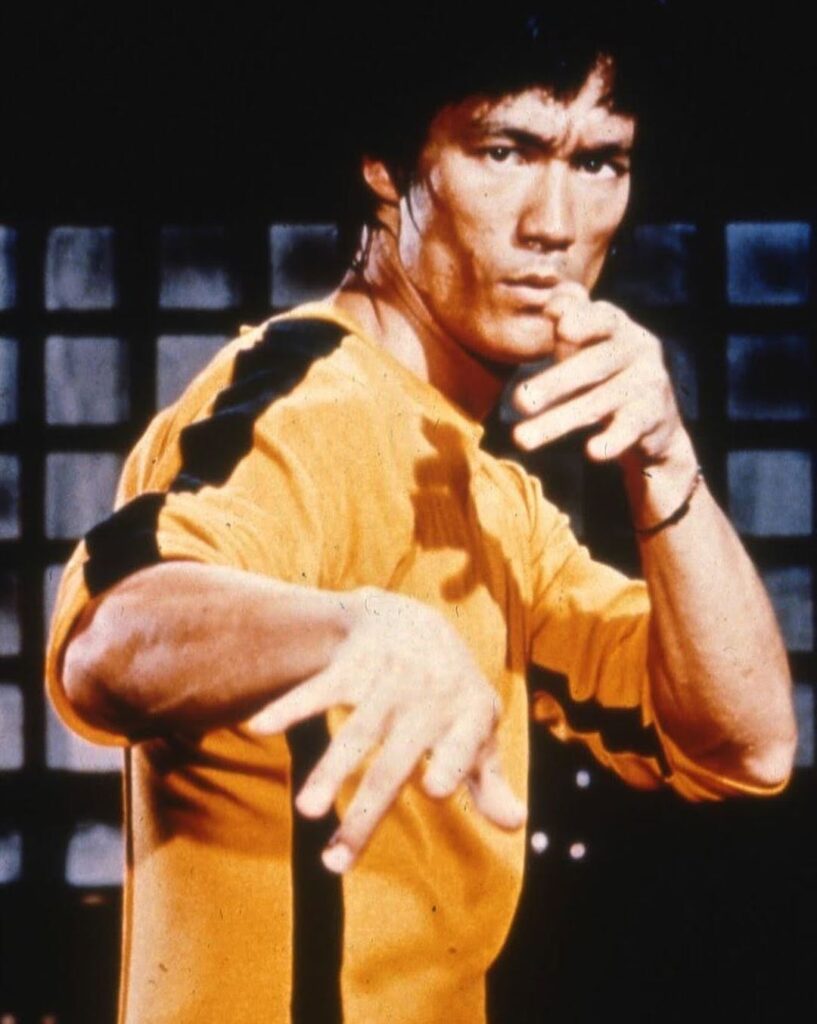
As Bruce Lee’s film career and fighting style were starting to take off, the martial artist tragically passed away in 1973. Despite Lee’s death, his teachings and philosophies continued to be taught through his students and writings.
However, his death left much of JKD’s development to be interpreted by those who trained under him. This created a divergence of Bruce’s teachings which branched into different interpretations.
There were two bases in particular which included original/Jun Fan JKD and conceptual JKD.
- Original/Jun Fan JKD: This is the style taught by students who trained directly with Bruce Lee. Famous students, which included Dan Insonato teach Jeet Kune Do, which emphasized Lee’s original teachings.
- Conceptual JKD: Conceptual JKD is another form of the style created y other Lee students and fans of his teachings. They took Lee’s no-fixed form to a broader interpretation and integrated even more styles.
Jeet Kune Do Today
Over the years, JKD has been taught worldwide by many instructors and within many schools. However, there is no single governing body, which has led to various instructors claiming to be under the JKD banner.
Although, having no governing body has allowed Lee’s teachings to evolve and form in new directions. This free form of ideas and fluidity would be something Bruce Lee himself would enjoy seeing.
The Principles of Jeet Kune Do
There are five principles of Bruce Lee’s martial art: simplicity, economy of motion, fluidity, interception, and non-classical movement.
- Simplicity: All self-defense techniques should be simple, direct, and effective.
- Economy of Motion: Every movement should be necessary and aimed at maximum efficiency.
- Fluidity: Adaptability to the situation, opponent, and environment.
- Interception: Instead of waiting for an attack to come. One should intercept it.
- Non-Classical Movement: Freedom from traditional patterns to allow for spontaneous and natural responses.
The Techniques of JKD
Bruce Lee’s fighting system consists of an array of simple, yet effective hand-to-hand combat techniques. Here are some of the signature techniques used within JKD.
- Straight Lead: A direct punch aimed at the opponent’s face, often used to keep the distance or set up other attacks.
- Side Kick: Employed for its speed and reach, often targeting the midsection, lower body, or knees.
- One-inch punch: The famous one-inch punch is used to create distance during in-close fighting, which is surprisingly powerful.
- Oblique Kick: A technique used to disrupt an opponent’s approach by targeting the opponent’s knee or thigh. This technique is a favorite technique of MMA legend Jon Jones.
- Finger Jab: Aimed at the eyes used for close-quarter combat or to create an opening for other attacks.
- Trapping: Trapping techniques were taken from Wing Chun’s Chi Sao, a close-quarter counter-fighting system.
- Hook Kick: Circular kick aimed at the head or body, often used in combination with strikes.
- Shin Kick: Much like the oblique kick, the shin kick is a thrusting strike aimed at an opponent’s shin.
- Non-Telegraphed Movement: Emphasizing attacks without giving away intent through body language.
- Intercepting: The core concept of JKD, intercepting an opponent’s attack with a counter-attack.
Famous Jeet Kune Do Fighters
There have been many top fighters within combat sports who either trained formally in JKD or adopted its techniques. Here are three of the most known fighters who are known for using Jeet Kune Do techniques.
- Jerome Le Banner: Le Banner is one of the greatest kickboxers in the sport’s history and a student of JKD. He used numerous concepts from martial arts within his fighting style, which helped him win multiple championships.
- Ben Saunders: UFC/Bellator veteran Ben Saunders was one of the most known JKD fighters during his MMA career. He was a great spokesman for the fighting style and often showcased its effectiveness.
- Jon Jones: As previously mentioned, MMA GOAT Jon Jones is known for using his patented JKD oblique kick during his fights.
The Influence and Legacy of JKD
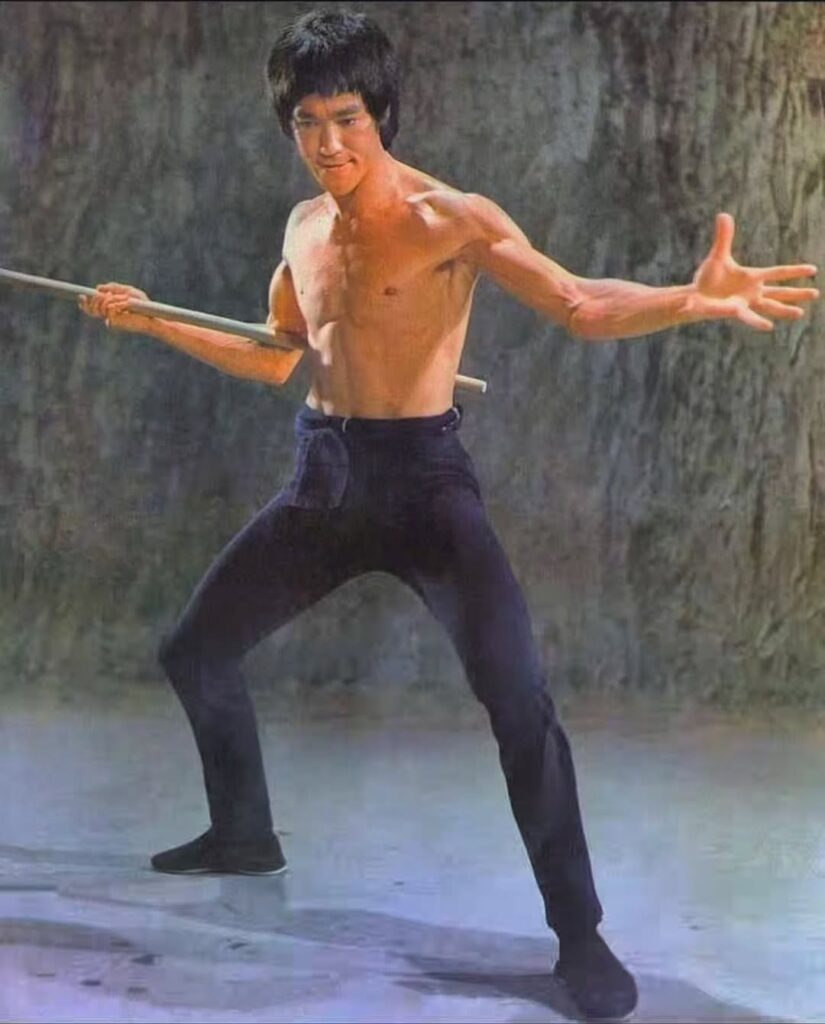
Jeet Kune Do has influenced countless styles and martial arts since it was developed by Bruce Lee. It helped pioneer the development of mixed martial arts and showed that martial artists must have well-rounded skills.
JKD not only helped develop modern martial arts training, but it transcended into a philosophy and tool for personal development. Lee’s fighting system continues to evolve with practitioners and modern times, keeping true to the doctrine of being formless and adaptive.
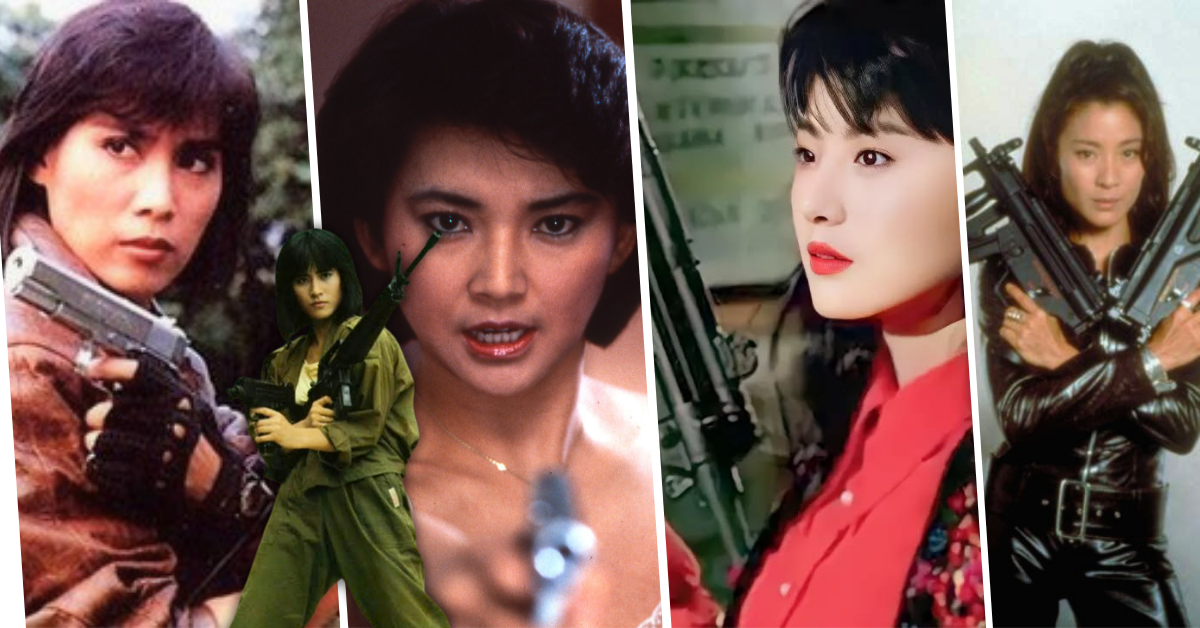 The “Girls with Guns” era of martial arts cinema, spanning the mid-1980s to early 1990s, was a bold chapter…
The “Girls with Guns” era of martial arts cinema, spanning the mid-1980s to early 1990s, was a bold chapter…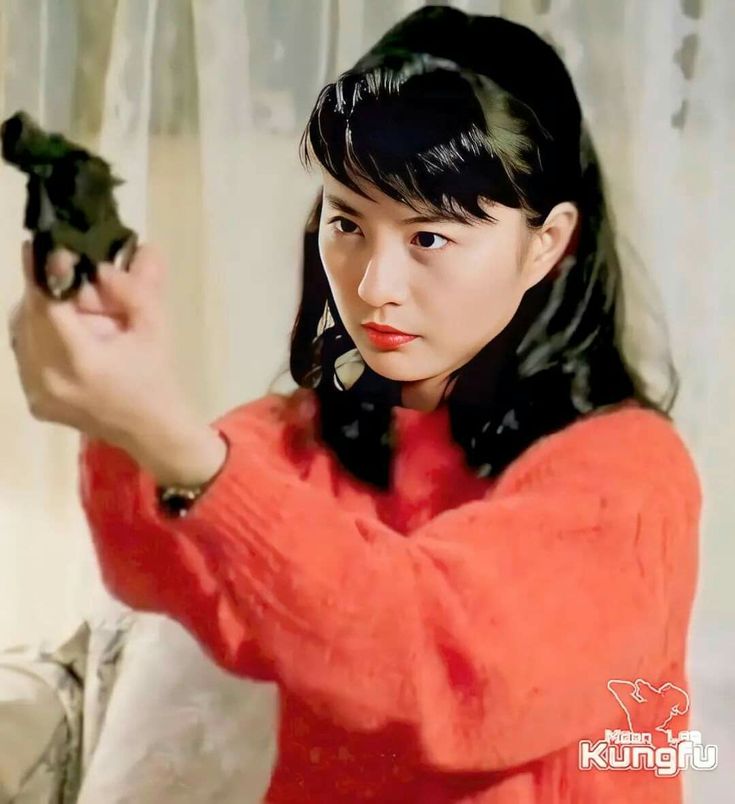
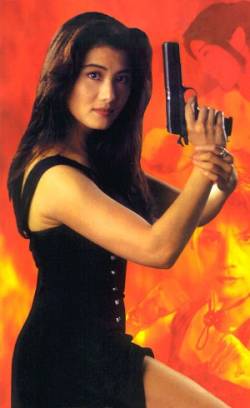

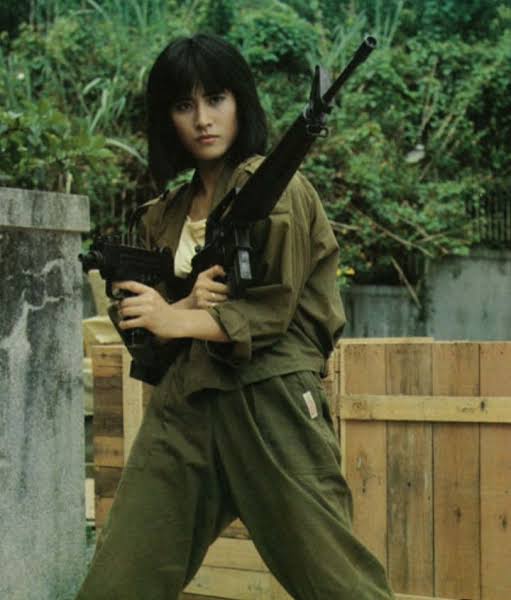
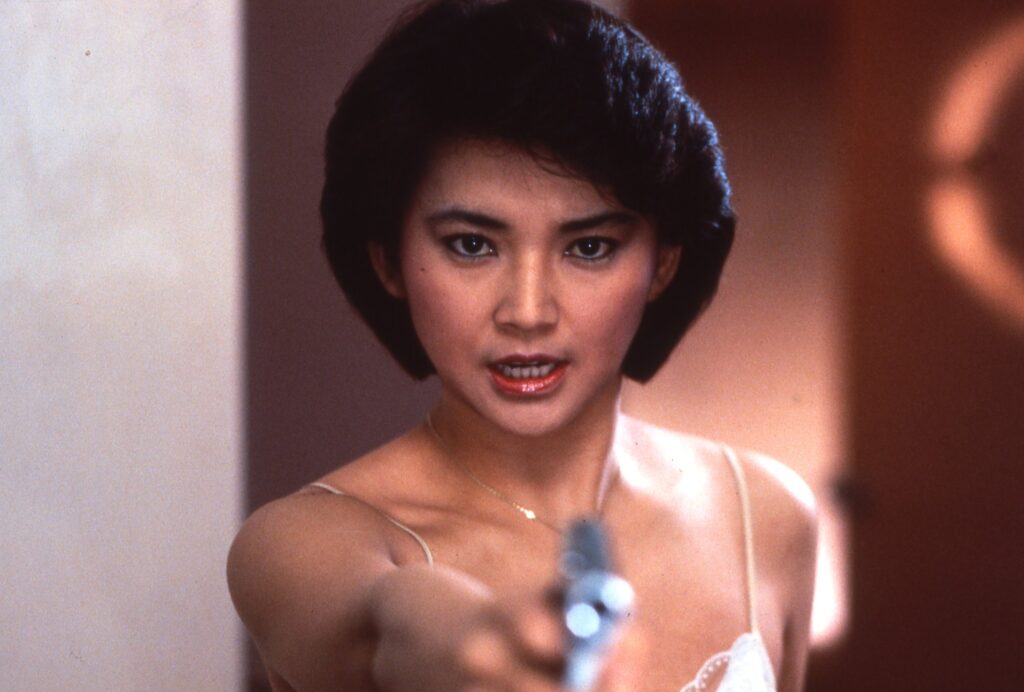
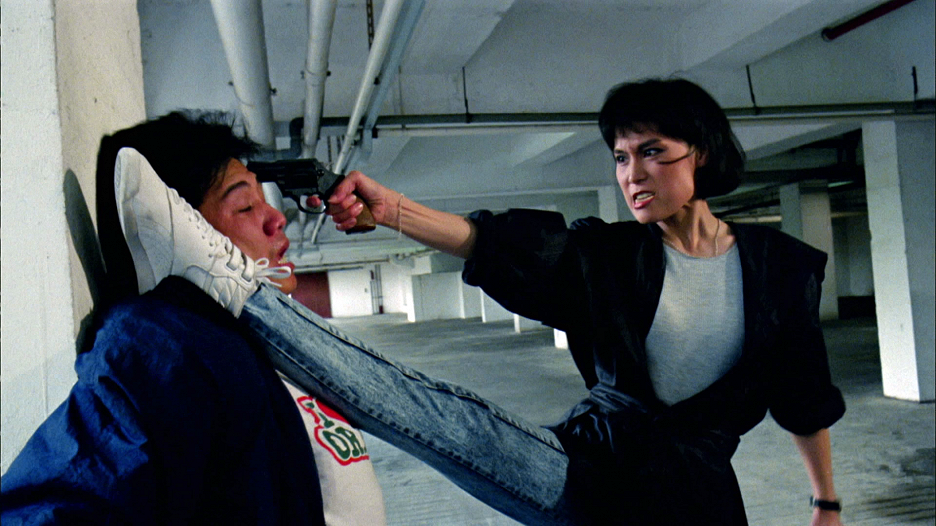
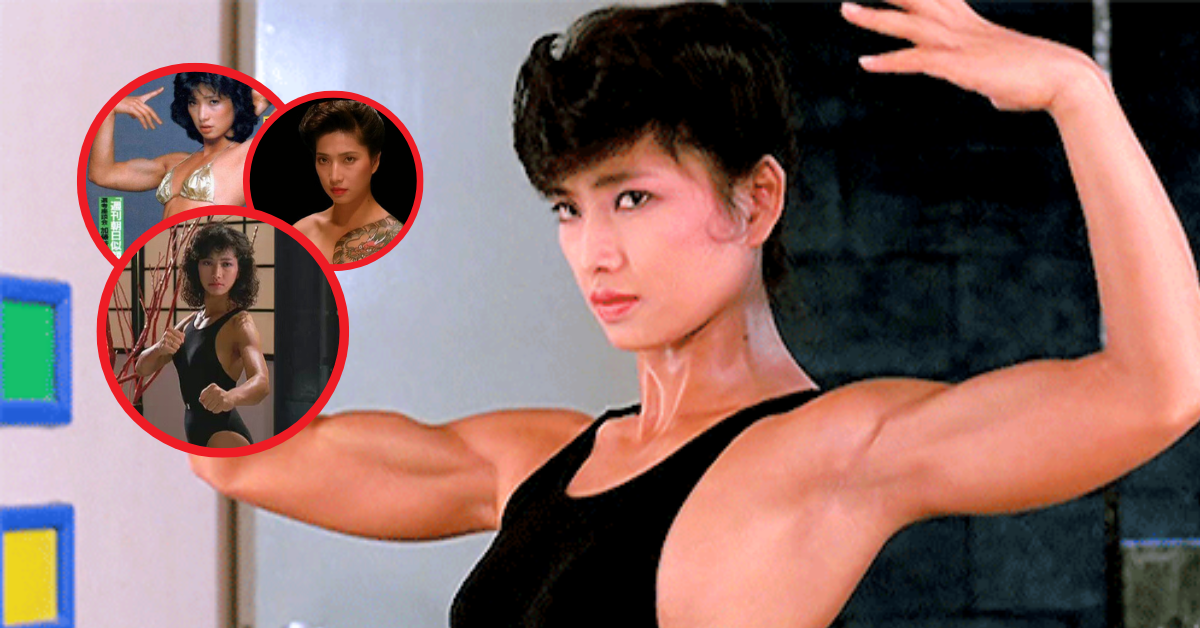 Michiko Nishiwaki’s career spans bodybuilding, martial arts, and action cinema. Born on November 21, 1957, in Japan, she has…
Michiko Nishiwaki’s career spans bodybuilding, martial arts, and action cinema. Born on November 21, 1957, in Japan, she has…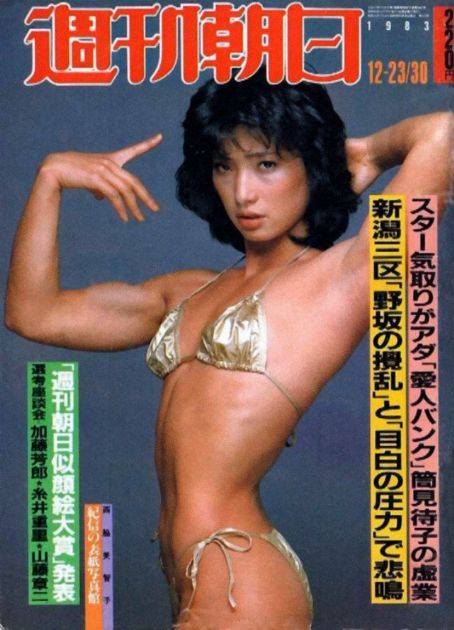
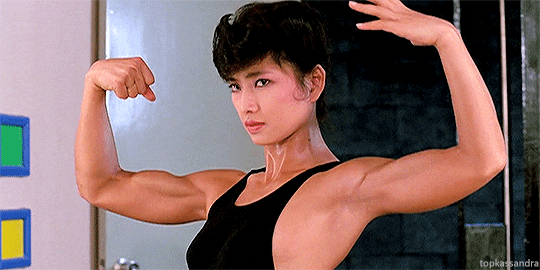

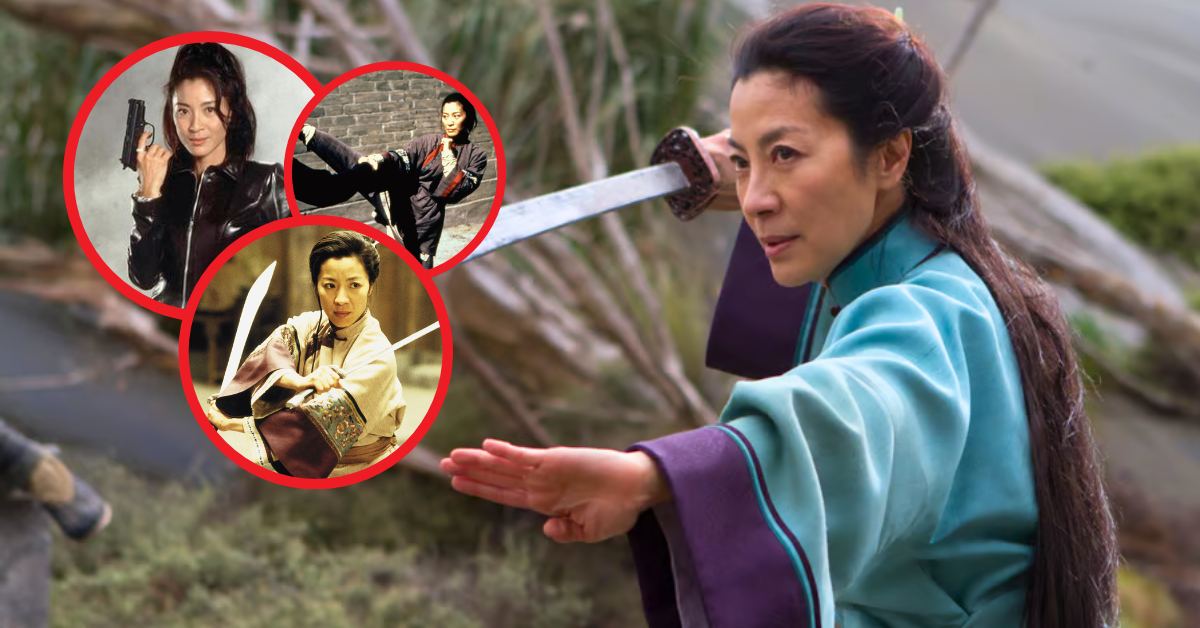 Does Michelle Yeoh Know Martial Arts? Michelle Yeoh is widely celebrated for her martial arts performances in action movies,…
Does Michelle Yeoh Know Martial Arts? Michelle Yeoh is widely celebrated for her martial arts performances in action movies,…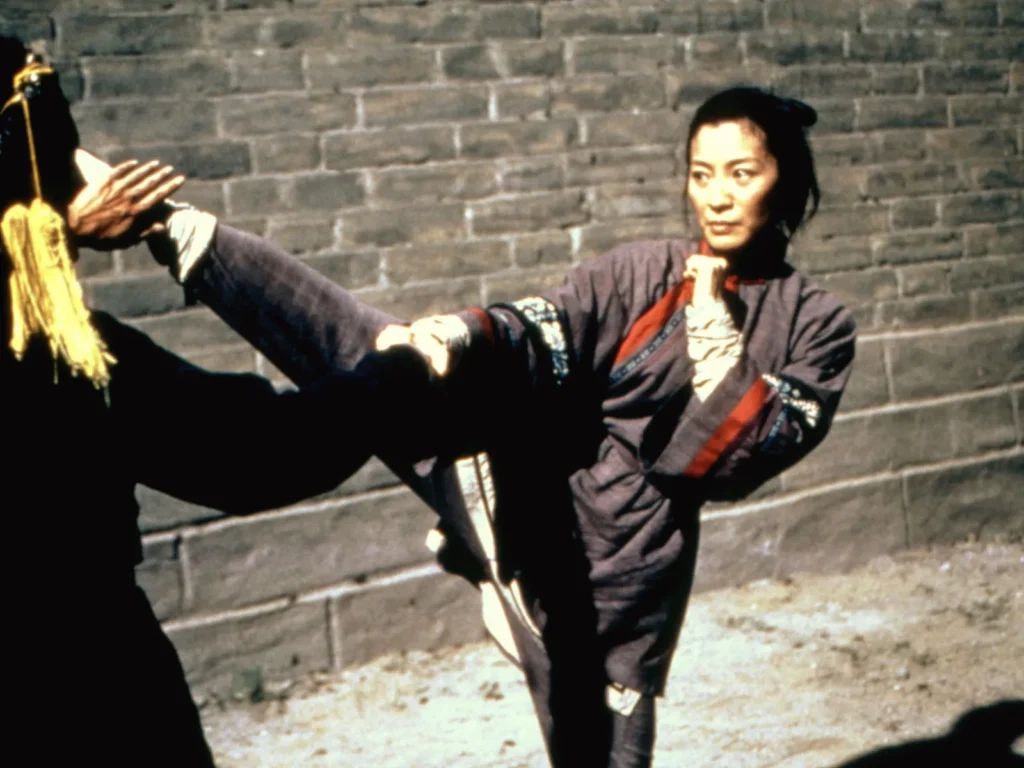
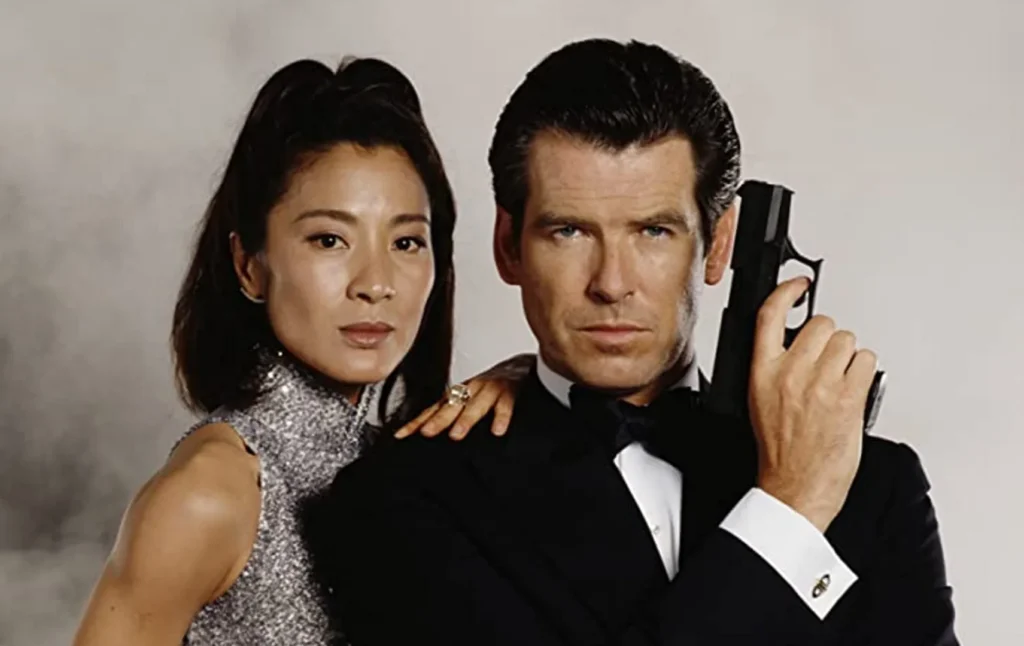
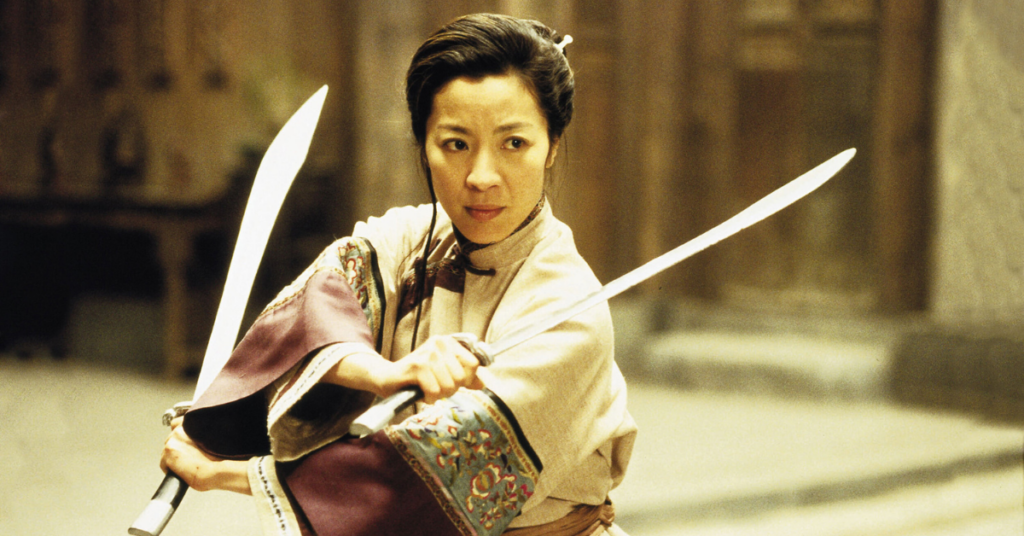
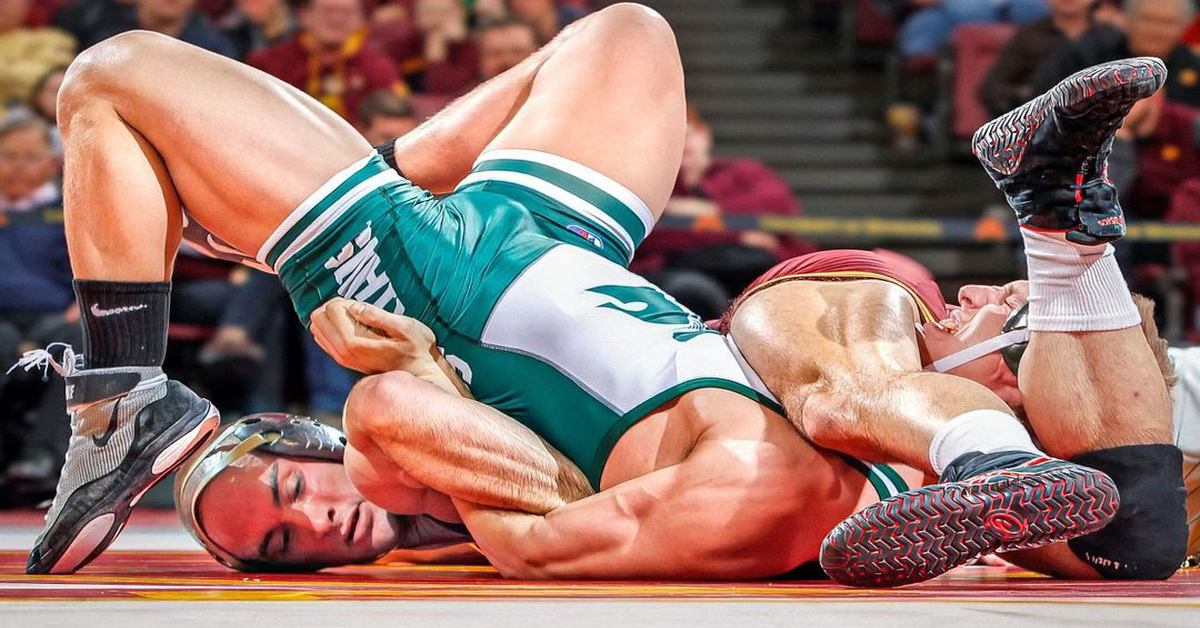 Catch wrestling has an illustrious history that dates back further than modern BJJ. The history of catch-as-catch-can is full…
Catch wrestling has an illustrious history that dates back further than modern BJJ. The history of catch-as-catch-can is full…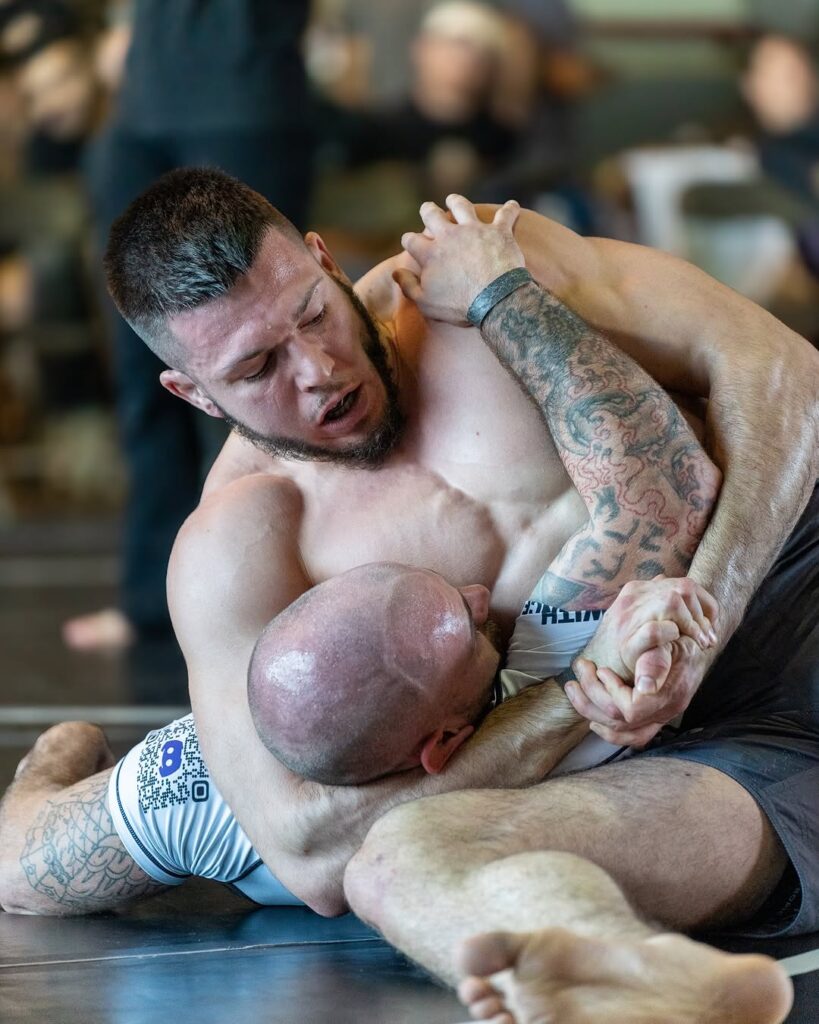
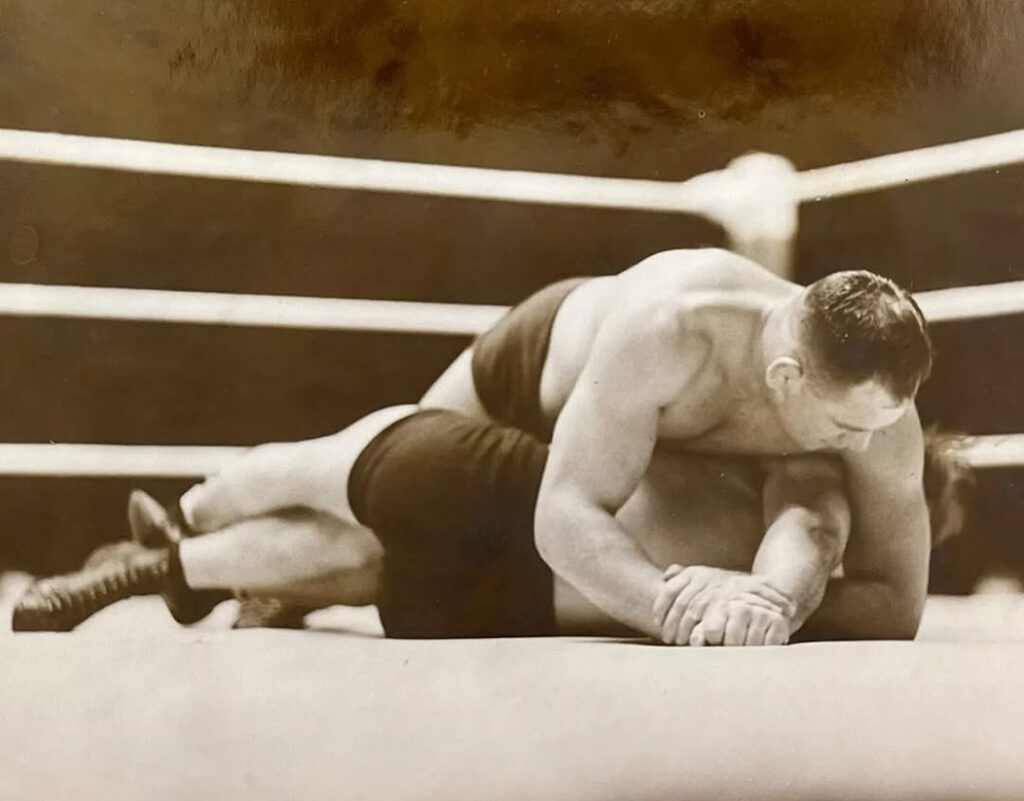
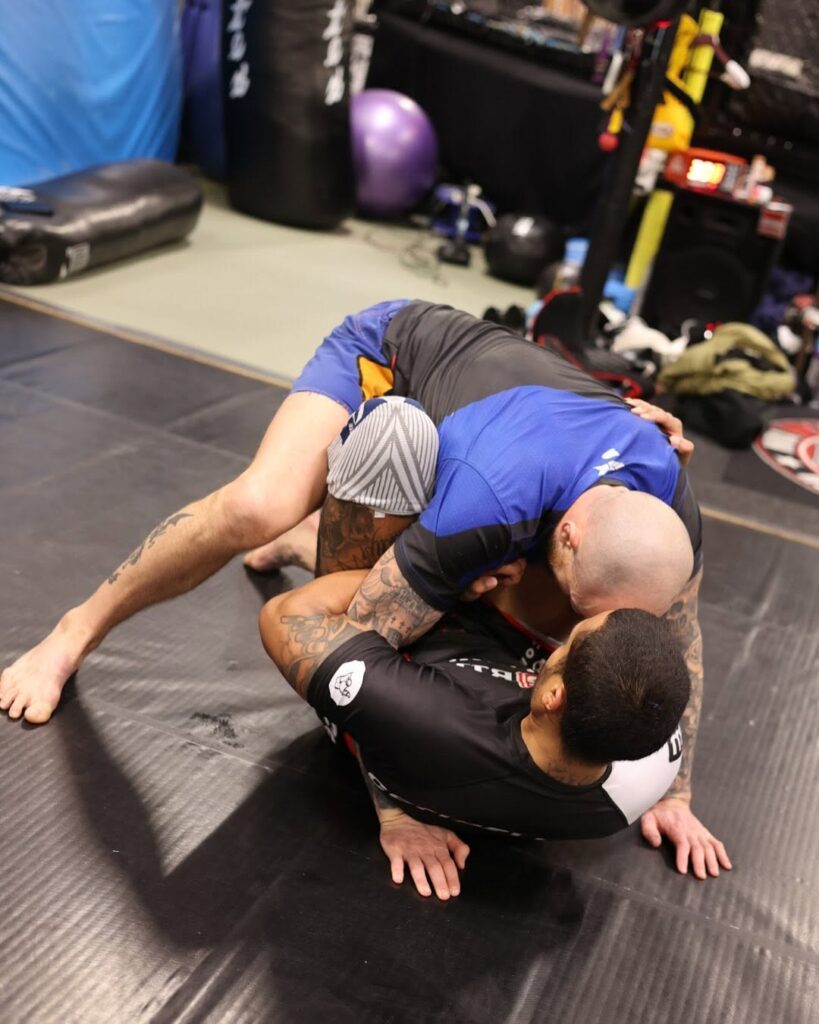
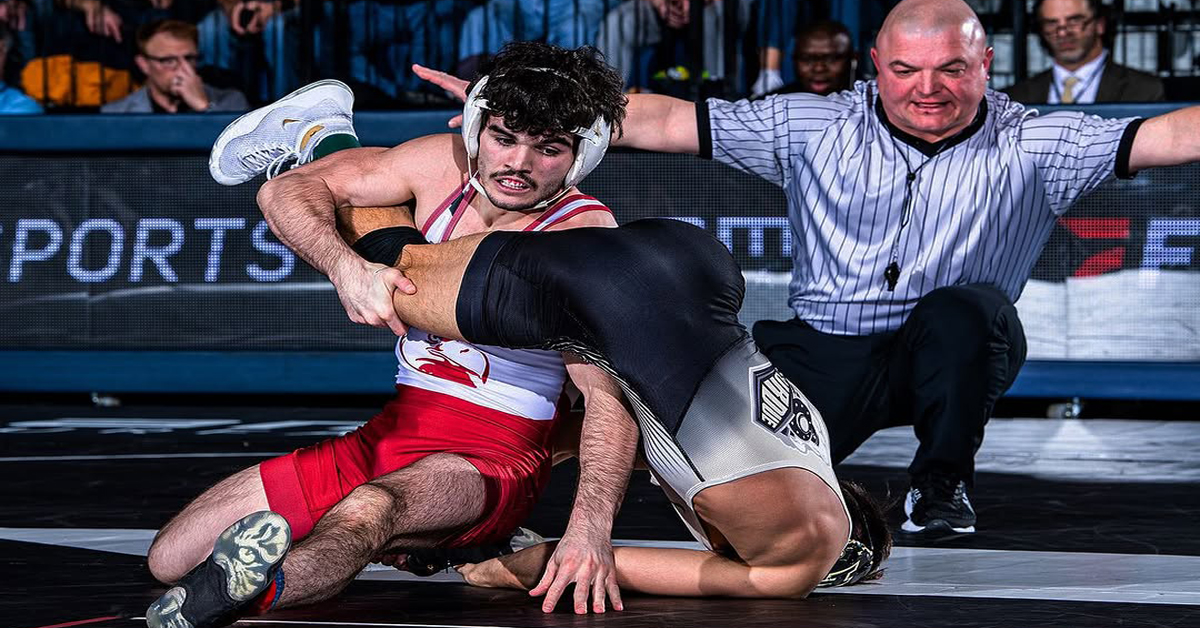 In every form of wrestling, all of the techniques are connected together through chain wrestling. These connections are what…
In every form of wrestling, all of the techniques are connected together through chain wrestling. These connections are what…